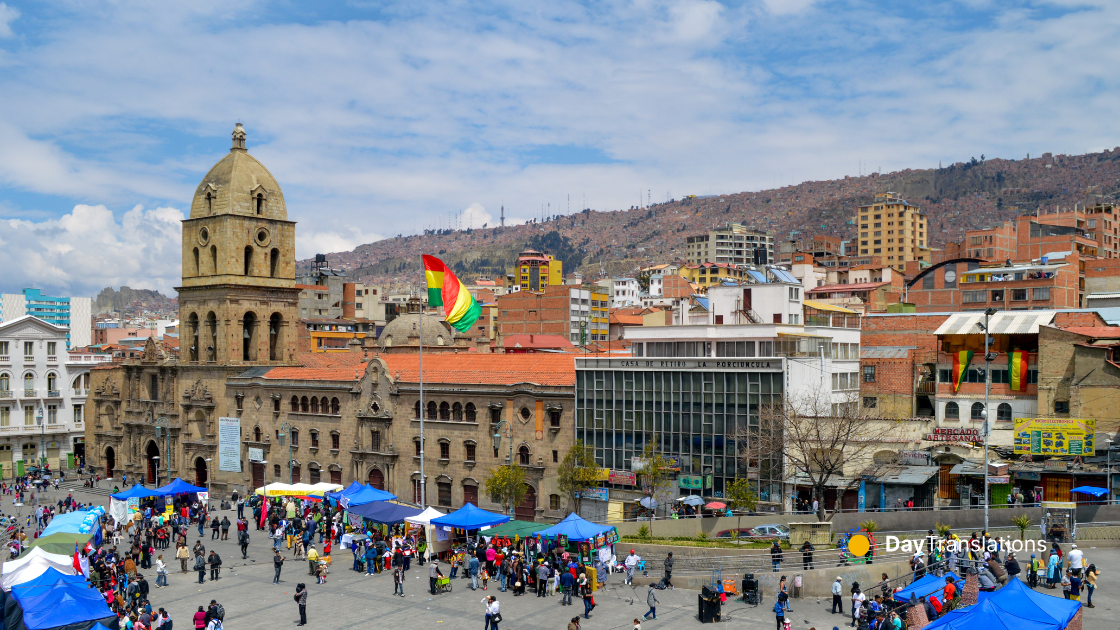Extensive List of Languages of Austria: Spoken and Extinct Languages
In this Country Profile
Austrian Sign Language [asq] Alternate names: Austro-Hungarian Sign Language. Dialects: Partially intelligible with French Sign Language [fsl]. Related to Russian Sign Language [rsl]. Sign language used in class and that used by adults outside class are different. Classification: Deaf sign language
Bavarian [bar] 7,000,000 in Austria (2005). Population total all countries: 13,259,000. Central Bavarian in the Alps and Lower Austria and Salzburg; North Bavarian north of Regensburg, to Nuremburg and Western Bohemia, Czech Republic; South Bavarian in Bavarian Alps, Tyrol, Styria, including the Heanzian dialect of Burgenland, Carinthia, northern Italy, and part of Gottschee. Also in Czech Republic, Germany, Italy. Alternate names: Bairisch, Bavarian Austrian, Bayerisch, Ost-Oberdeutsch. Dialects: Central Bavarian (Danube Bavarian), North Bavarian (Upper Franconian), South Bavarian, Salzburgish. Classification: Indo-European, Germanic, West, High German, German, Upper German, Bavarian-Austrian
Croatian [hrv] 19,400 in Austria (2001 census). Burgenland and Vienna. Dialects: Burgenland Croatian. Classification: Indo-European, Slavic, South, Western
German, Standard [deu] 7,500,000 in Austria (J. A. Hawkins 1987). Dialects: Kärntnerisch. Classification: Indo-European, Germanic, West, High German, German, Middle German, East Middle German
German, Swiss [gsw] 300,000 in Austria (1991 Annemarie Schmidt). West, Vorarlberg. Alternate names:Alemannic, Alemannisch. Dialects: High Alemannisch (Hochalemannisch). Classification: Indo-European, Germanic, West, High German, German, Upper German, Alemannic
Hungarian [hun] 25,900 in Austria (2001 census). Vienna, Lower Austria, Styria, Burgenland. Alternate names: Magyar. Dialects: Oberwart. Classification: Uralic
Romani, Sinte [rmo] 4,350 in Austria (2001 census). Alternate names: Rommanes, Sinte, Sinti. Classification:Indo-European, Indo-Iranian, Indo-Aryan, Central zone, Romani, Northern
Slovene [slv] 18,000 in Austria (2001 census). Southwest, Carinthia (Kärnten) and Steiermark (Styria).Alternate names: Slovenian, “Windisch”. Classification: Indo-European, Slavic, South, Western
Walser [wae] 8,080 in Austria (2000). Vorarlberg (Grosses Walsertal: Blons, Fontanella, Raggal, St. Gerold, Sonntag, Thüringerberg); Kleinwalsertal (Mittleberg); Brandnertal (Brand); Montafon (Silbertal); Reintal (Laterns); Tannberg (Schricken, Lech, Warth); Tirol: Paznauntal (Galtnr). 14 communities. Alternate names: Walscher. Classification: Indo-European, Germanic, West, High German, German, Upper German, Alemannic
:: Reference ::
Gordon, Raymond G., Jr. (ed.), 2005. Ethnologue: Languages of the World, Fifteenth edition. Dallas, Tex.: SIL International. Online version: http://www.ethnologue.com/

Sorry, the comment form is closed at this time.